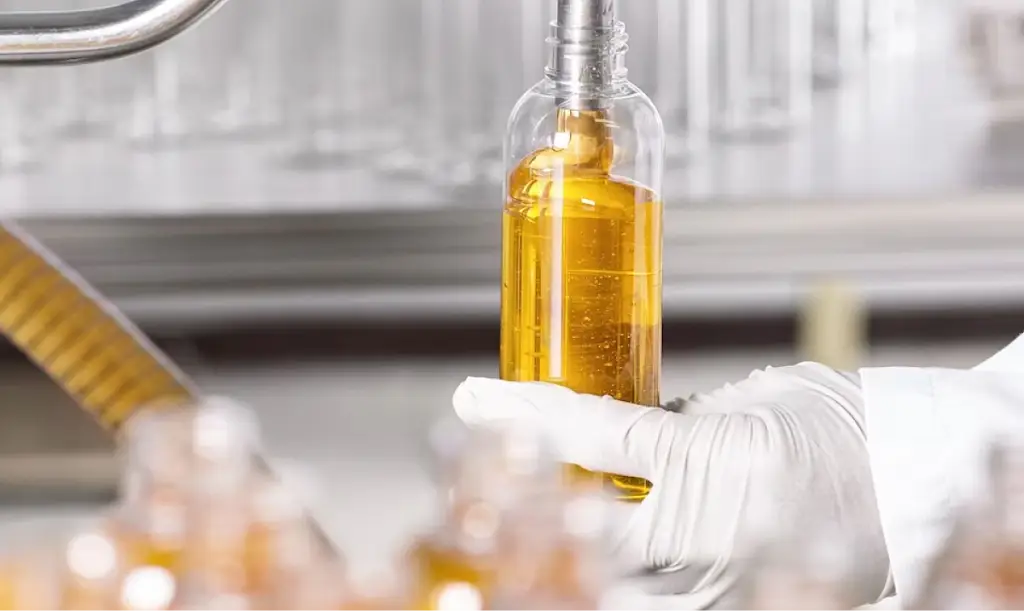Palm Acid Oil
Palm Acid Oil (PAO) is a by-product of the palm oil refining process, obtained through the hydrolysis of palm kernel oil. This process results in a high concentration of free fatty acids (FFA), making PAO a valuable raw material for various industries. Although PAO offers numerous benefits, the industry also faces challenges related to. environmental impact, carbon emissions, and sustainable production. Therefore, the. sustainable utilization of PAO can help reduce palm oil industry waste while adding economic value. The Market Potential of Used Cooking Oil Used cooking oil, commonly known as UCO, holds significant market value. It can be processed into biodiesel, which serves as a sustainable substitute for diesel fuel in transportation and industrial sectors. The use of UCO for biodiesel production is not a new concept—several countries have already adopted this practice as part of their renewable energy strategies. Utilizing used cooking oil as a biodiesel feedstock offers several advantages, including reducing environmental waste, providing economic benefits, improving public health, lowering greenhouse gas emissions, and contributing to regional development.
- A by-product derived from the alkaline refining of palm oil
- Used as a raw material for biodiesel, animal feed, and soap
- Contains FFA (more than 50%) and neutral oil
- Moisture content: 2-3%
- Composition and properties may vary depending on the raw materials and refining process

Export Market
- Major export destinations for PAO include China, India, the European Union, and the United States, where it is widely used as a raw material for biodiesel and the oleochemical industry.
- The increasing global demand for biodiesel has driven the growth of PAO exports, particularly due to green energy policies in developed countries.
- PAO is a more cost-effective alternative compared to crude palm oil (CPO), making attractive option for the energy and manufacturing industries.
Domestic Market
- Government regulations supporting renewable energy have boosted the use of PAO as a raw material for biodiesel in Indonesia’s B35 and B40 programs.
- PAO also has a growing market in the livestock and cosmetics sectors, strengthening the competitiveness of local industries.
- Encourages the utilization of palm oil industry by-products, improving efficiency and reducing dependence on crude palm oil.

